How pediatric home care supports children with communication disorders
The Crucial Role of Pediatric Home Care in Enhancing Communication for Children with Disorders

Understanding Pediatric Home Care and Its Impact on Children with Communication Disorders
Pediatric home care offers vital medical and therapeutic services for children with complex health needs, including those with communication disorders. By delivering specialized, individualized support within the comfort of home, these services help improve health outcomes, nurture developmental progress, and provide emotional stability. This article explores the multifaceted ways pediatric home care supports children struggling with communication challenges, highlighting the integral role of healthcare teams, family caregivers, and coordinated care in fostering better communication and quality of life.
What Is Pediatric Home Care and Who Benefits?

Definition and Scope of Pediatric Home Care
Pediatric home care refers to the provision of medical services, equipment, and supplies to children with disabilities and medical complexity within their own homes. It includes managing medications, using specialized medical equipment such as ventilators and feeding tubes, and offering treatments and therapies. This type of care is medically necessary to support children's health and their ability to participate fully in various settings, including home, school, and community.
Children with Medical Complexity and Communication Disorders as Beneficiaries
Children with complex chronic health conditions—such as neurodegenerative disorders, developmental delays, respiratory illnesses, and nutritional deficiencies—benefit significantly from pediatric home care. This care also extends to children with communication disorders who need specialized support for their daily functioning. Roughly 1 in 20 children discharged from hospitals require home care services to manage ongoing medical needs.
Types of Medical Needs Supported at Home
Pediatric home care covers a broad range of services including nursing evaluations, medication administration, respiratory support, occupational and physical therapy, oncology treatments, symptom management, and infusion therapy. Medical equipment such as oxygen, hospital beds, ventilators, and monitoring devices are also provided. The care team—comprised of nurses, therapists, and aides—works collaboratively to tailor care plans that support recovery, enhance development, and allow children to maintain regular activities like attending school.
This integrated approach ensures children receive specialized, individualized care in a familiar environment, promoting emotional well-being and improving their overall quality of life.
Specialized Therapeutic Services Supporting Communication in Pediatric Home Care

Speech therapy's role in pediatric home care
Speech therapy is a cornerstone service in pediatric home care for children facing communication disorders. Skilled speech therapists work in the familiar home setting to enhance language acquisition, speech clarity, and social communication skills. This tailored therapy helps children overcome barriers to effective communication, fostering improved interaction with family members and peers.
Other therapies: occupational and physical therapy
Apart from speech therapy, occupational and physical therapies play vital roles. Occupational therapy focuses on developmental and feeding milestones, which are closely tied to a child’s ability to communicate effectively. Physical therapy enhances motor skills and coordination, enabling children to participate more fully in social engagement and daily activities.
Therapy’s contribution to developmental milestones and communication progress
Together, these therapies support a holistic approach promoting cognitive development and social interaction. By integrating speech, occupational, and physical therapies, pediatric home care ensures children achieve critical developmental milestones, improving overall communication and quality of life. The family-centered nature of these therapies allows for customized interventions that align with each child’s unique needs and environment, maximizing progress and confidence.
How does pediatric home care support children with communication disorders?
Pediatric home care provides specialized therapies like speech therapy that directly target communication skills. Occupational therapy supports developmental and feeding milestones that indirectly enhance communication, while physical therapy improves motor skills that facilitate interaction. These services, delivered in the home by trained specialists, promote language acquisition, cognitive development, and social engagement crucial for children with communication disorders.
The Multidisciplinary Team Approach in Pediatric Home Care
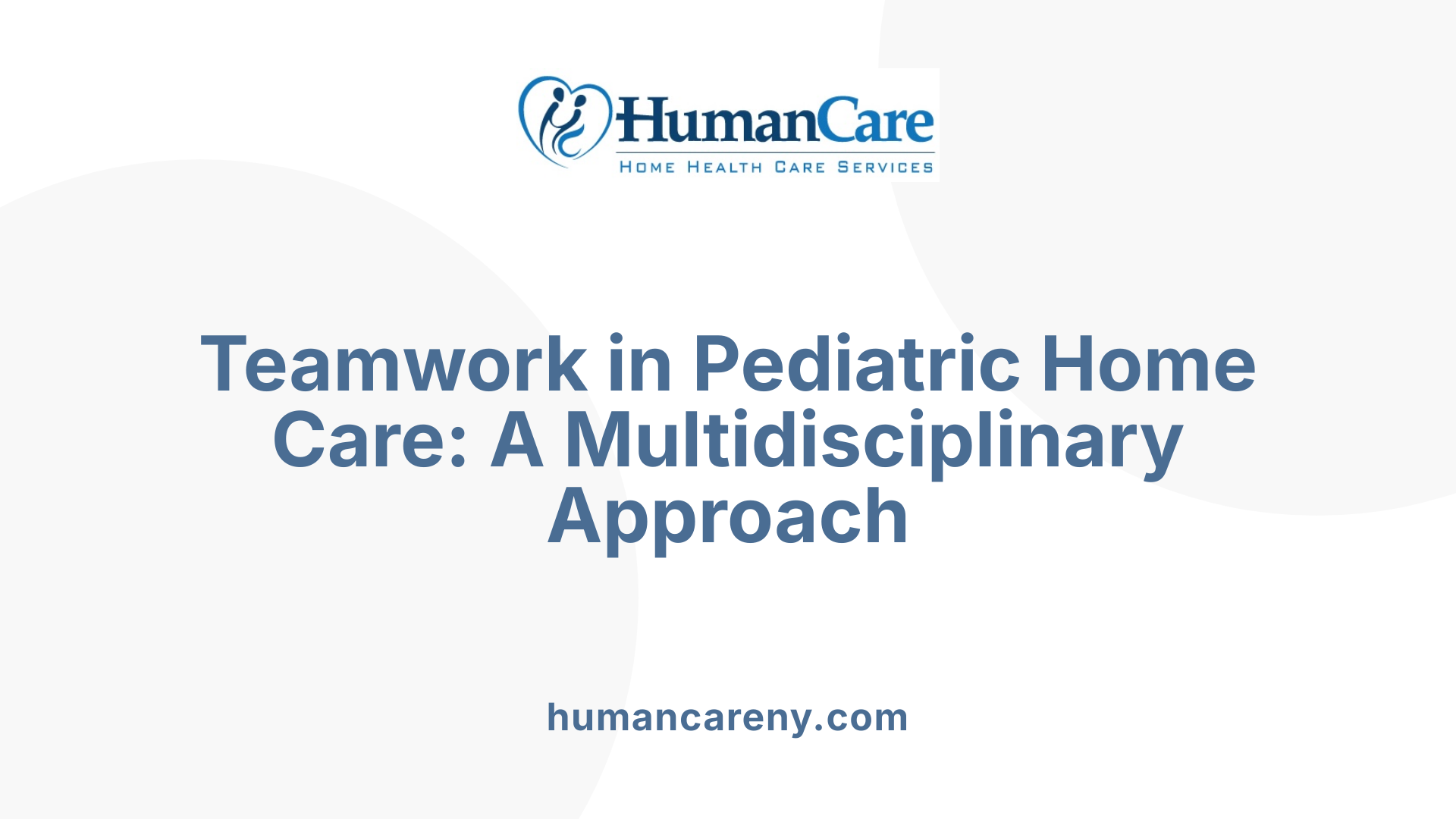
What healthcare professionals are involved in pediatric home care for children with communication disorders?
Pediatric home care for children with communication disorders relies on a multidisciplinary team comprising nurses, speech therapists, occupational and physical therapists, and home health aides. Each team member plays a vital role in addressing the complex medical and developmental needs of these children.
Nurses oversee medical management by administering medications, monitoring health status, and performing diagnostic procedures as needed. This clinical expertise ensures that medical complexities are carefully managed within the home environment.
Speech therapists focus specifically on improving communication skills, using tailored strategies to enhance speech, language, and alternative communication methods. Occupational therapists support developmental milestones related to feeding and fine motor skills, which are often linked to communication abilities. Physical therapists work to improve motor skills and strength, which can also indirectly support communication by enabling better interaction with the environment.
Home health aides provide essential daily living support, such as assistance with grooming, feeding, and mobility, while monitoring vital signs and reporting changes to nursing staff. They also create a nurturing atmosphere that supports the child's emotional well-being, crucial for effective communication development.
How does coordination among healthcare professionals support communication needs?
Effective coordination among these professionals is critical. Regular communication between nurses, therapists, home health aides, and pediatricians ensures that care plans remain responsive to the child’s evolving needs. This collaboration helps prevent gaps in care, reduces medical complications, and optimizes therapy outcomes.
Integrated care models facilitate seamless information sharing, allowing the team to adapt therapies and interventions quickly. Family education and caregiver training are essential components, empowering caregivers to support communication strategies consistently throughout daily routines.
What are the benefits of integrated care for children with medical complexity?
Integrated multidisciplinary home care brings numerous benefits:
- Enhanced health outcomes: Coordinated care reduces hospital visits and emergency admissions by managing conditions proactively.
- Personalized treatment: Care tailored to the child's unique communication challenges supports developmental progress in familiar, comfortable settings.
- Emotional well-being: Children receive therapy alongside family support, fostering a positive environment conducive to learning and growth.
- Reduced caregiver stress: Family training and clear communication streamline home care responsibilities, improving family quality of life.
This collaborative approach ultimately supports better communication development and overall health for children with medical complexity, ensuring they thrive across all settings.
| Team Member | Role Description | Contribution to Communication Support |
|---|---|---|
| Pediatric Nurse | Manages medical care and medication; conducts assessments | Maintains health stability, enabling effective therapy |
| Speech Therapist | Delivers specialized communication interventions | Directly improves speech and language abilities |
| Occupational Therapist | Focuses on developmental feeding and motor skills | Supports fine motor functions important for communication |
| Physical Therapist | Enhances motor skills and strength | Improves physical interaction important for communication |
| Home Health Aide | Assists daily activities and monitors health | Provides emotional support and consistent monitoring |
Emotional and Social Benefits of Home-Based Care for Children with Communication Needs
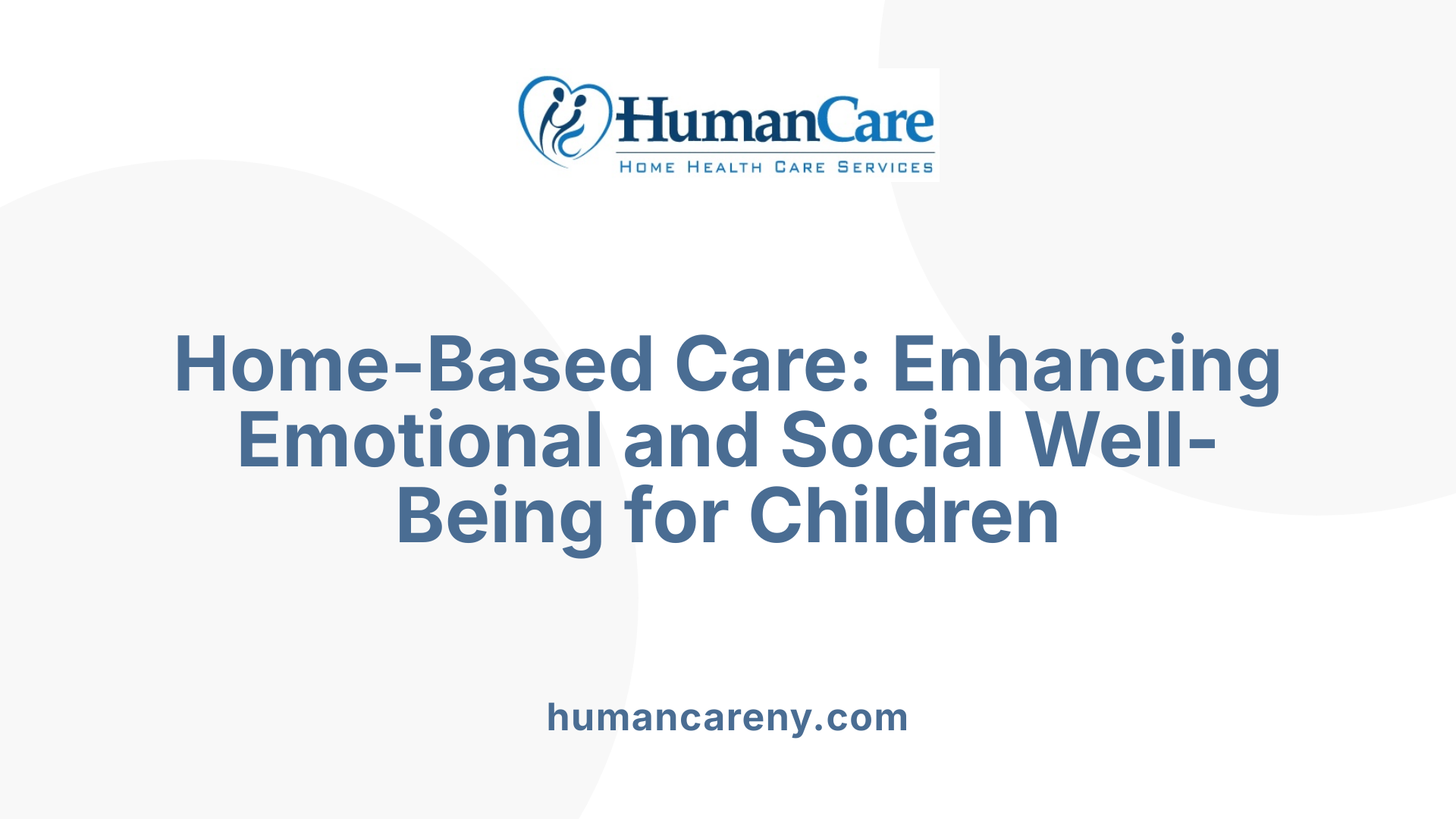
Familiar environment’s role in emotional well-being
Receiving pediatric home care allows children with communication needs to remain in their familiar home environments. This comfort reduces stress and anxiety often linked to hospital or clinical settings. Being surrounded by familiar settings and loved ones provides emotional security — a crucial factor for children coping with communication disorders.
Normalization of treatment and social participation
Home-based care normalizes medical treatment by integrating it seamlessly into the child’s daily routine. This approach enables children to engage fully in school, play, and social activities while receiving necessary medical support. The ability to maintain normal activities helps prevent feelings of isolation and promotes social connectedness.
Impact on the child’s motivation and communication development
Upkeeping participation in everyday activities provides children with ongoing motivation to improve communication skills. Being in a natural, interactive environment enhances learning opportunities, encouraging practice and development of essential social and communication abilities. Pediatric home care, therefore, supports emotional well-being and facilitates positive outcomes in communication development for children with specialized needs.
Caregiver Training: Empowering Families to Support Communication Development
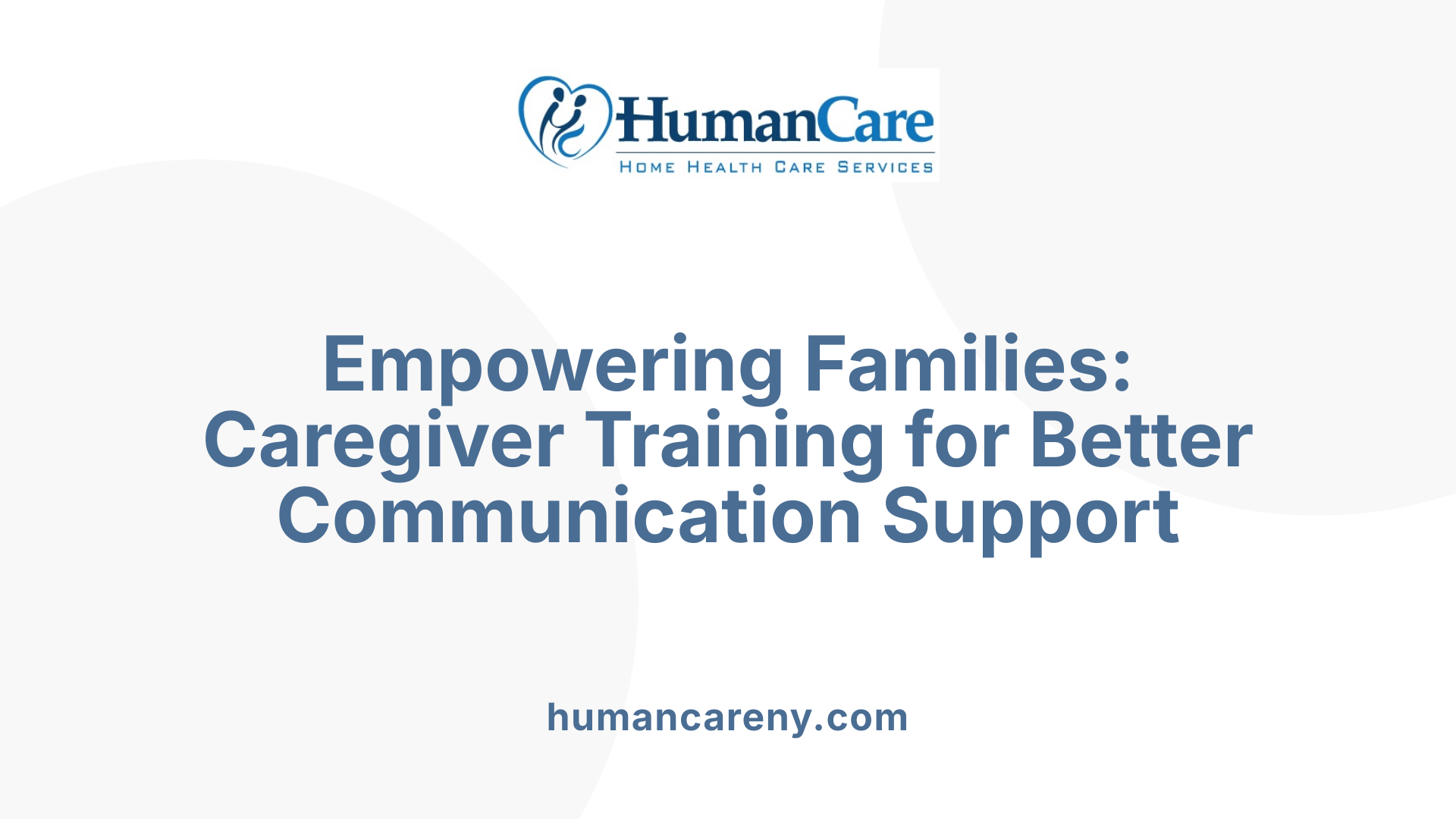
How does pediatric home care support and educate family caregivers?
Pediatric home care agencies prioritize training families to effectively manage medical treatments and specialized therapies within the home environment. This training covers practical skills such as administering medications, operating medical equipment, and conducting therapy exercises tailored to the child's needs.
By educating caregivers, home care programs reduce the stress often associated with managing complex care routines. This empowerment leads to improved quality of care, as caregivers feel more confident and capable in their role.
Consistent communication support is a crucial part of this training. Since family caregivers play a pivotal role in reinforcing therapeutic goals, they are taught strategies to encourage and support communication development in their children. This consistent support helps children generalize communication skills across settings, such as home and school.
Moreover, caregiver training helps ensure seamless continuity of care by enabling families to recognize and report changes in their child's condition promptly. It fosters a nurturing environment that promotes emotional well-being alongside medical and developmental progress.
In summary, caregiver training within pediatric home care not only equips families with necessary medical and therapy management skills but also reduces caregiver burden and bolsters communication support, ultimately enhancing outcomes for children with complex medical and communication needs.
Reducing Hospitalizations and Supporting Continuous Care Through Pediatric Home Health Services

How home care prevents complications and hospital readmissions
Pediatric home health care plays a vital role in reducing hospital visits by providing ongoing medical support tailored to each child's unique needs. Skilled nursing care, respiratory support, and vigilant monitoring help identify and address potential complications early, preventing escalations that might require emergency or hospital care. Timely interventions and careful management of medical devices also minimize risks of medication errors and device-related problems.
Coordinated communication between home care providers and pediatricians
Effective care coordination is fundamental for continuous and seamless treatment. Home care teams work in close collaboration with pediatricians, ensuring that treatment plans are regularly updated and adapted to the child's evolving condition. This open communication ensures children receive consistent care without interruption, reducing the chances of lapses in treatment that could lead to hospitalization.
Benefits to recovery and sustained communication development
Receiving care in the comfort of home promotes faster recovery by reducing stress and exposure to hospital-related infections. Home care also enables children, including those with communication disorders, to maintain therapeutic gains by supporting uninterrupted access to essential therapies. This stable home environment supports ongoing development, emotional well-being, and the child's ability to participate in everyday activities like attending school.
How pediatric home care helps reduce hospital visits and ensure continuity
Pediatric home care offers continuous monitoring and timely adjustments in treatment through coordinated efforts between home care providers and pediatricians. This structured approach minimizes medical complications and hospital readmissions, allowing children, especially those with communication disorders, to maintain steady progress in their health and communication skills within a stable, supportive environment.
Addressing Challenges in Accessing Pediatric Home Care for Communication Disorders
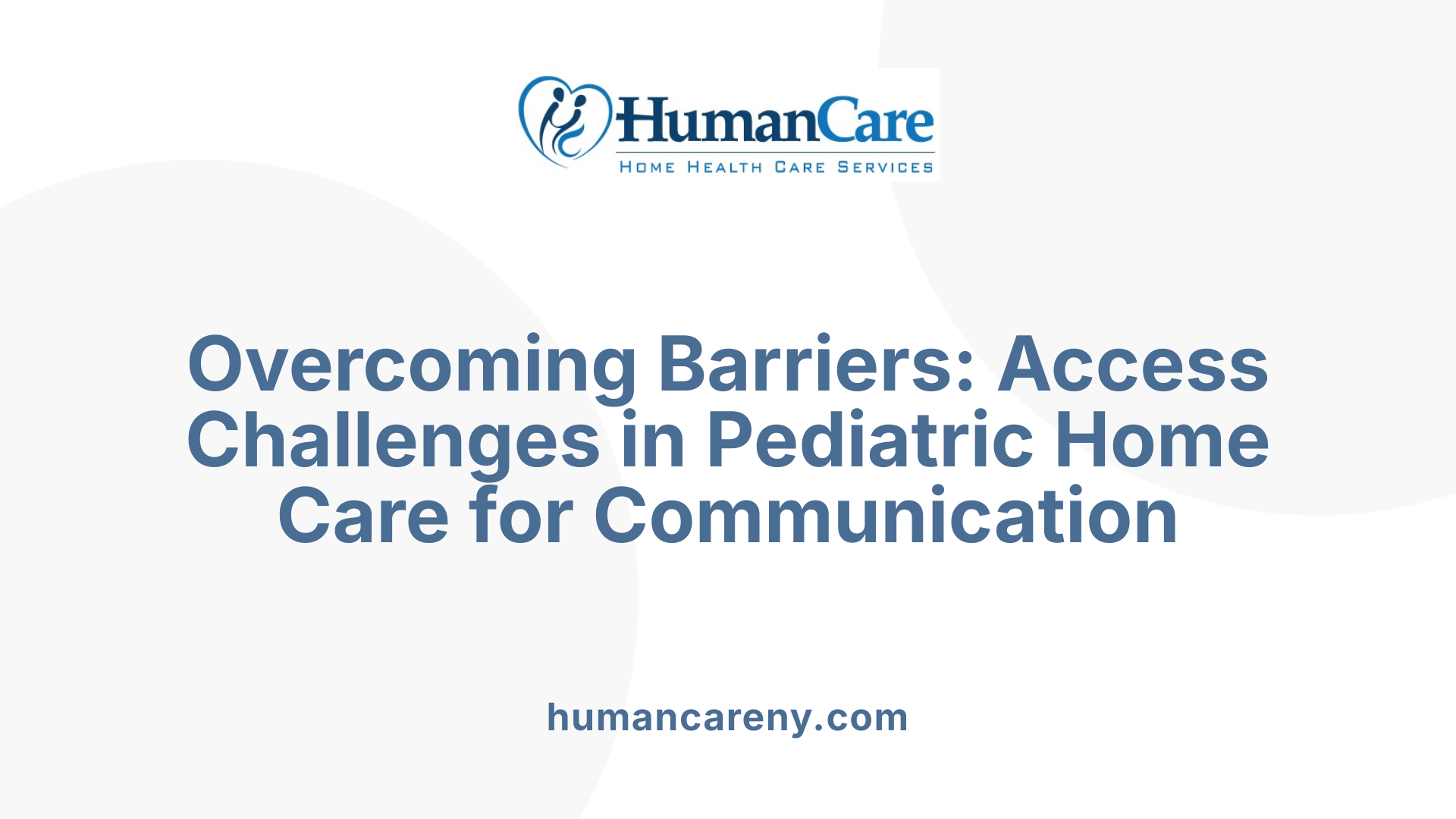
What challenges affect access to pediatric home care for children with communication disorders?
Accessing pediatric home care for children with communication disorders is often complicated by several barriers. Insurance coverage gaps can limit the availability and extent of home health services, leaving families to face high out-of-pocket costs or no care at all. Additionally, there is a shortage of qualified providers specializing in pediatric care, which slows down timely access to skilled nursing, therapy, and home health aides.
Delays in the delivery of specialized medical equipment necessary for communication support, such as augmentative and alternative communication devices, further impede effective home care. The fragmented nature of service delivery creates coordination challenges among providers, complicating care continuity.
What is the impact of these barriers on child health and family stress?
These access issues contribute to negative health outcomes, including increased emergency department visits, hospitalizations, and medical complications related to communication equipment misuse or medication errors. For families, insufficient home care support elevates caregiver burden and stress, affects their health, and jeopardizes financial stability. The lack of reliable, coordinated home care services can also disrupt family dynamics and social well-being.
What strategies can help overcome access challenges?
To address these challenges, strategies such as enhancing insurance coverage policies, expanding the pediatric home health workforce, and improving medical equipment supply chains are critical. Developing integrated data-sharing systems and standardized metrics can streamline service delivery and track quality.
Partnerships involving families, healthcare providers, policymakers, and advocacy groups are essential to create sustainable, family-centered care models. Caregiver education and training programs also support families in managing communication-related medical tasks, reducing stress and improving care quality.
Implementing these approaches can help ensure children with communication disorders receive timely, comprehensive pediatric home health care, improving outcomes and quality of life.
The Role of Home Health Aides in Supporting Communication and Daily Life
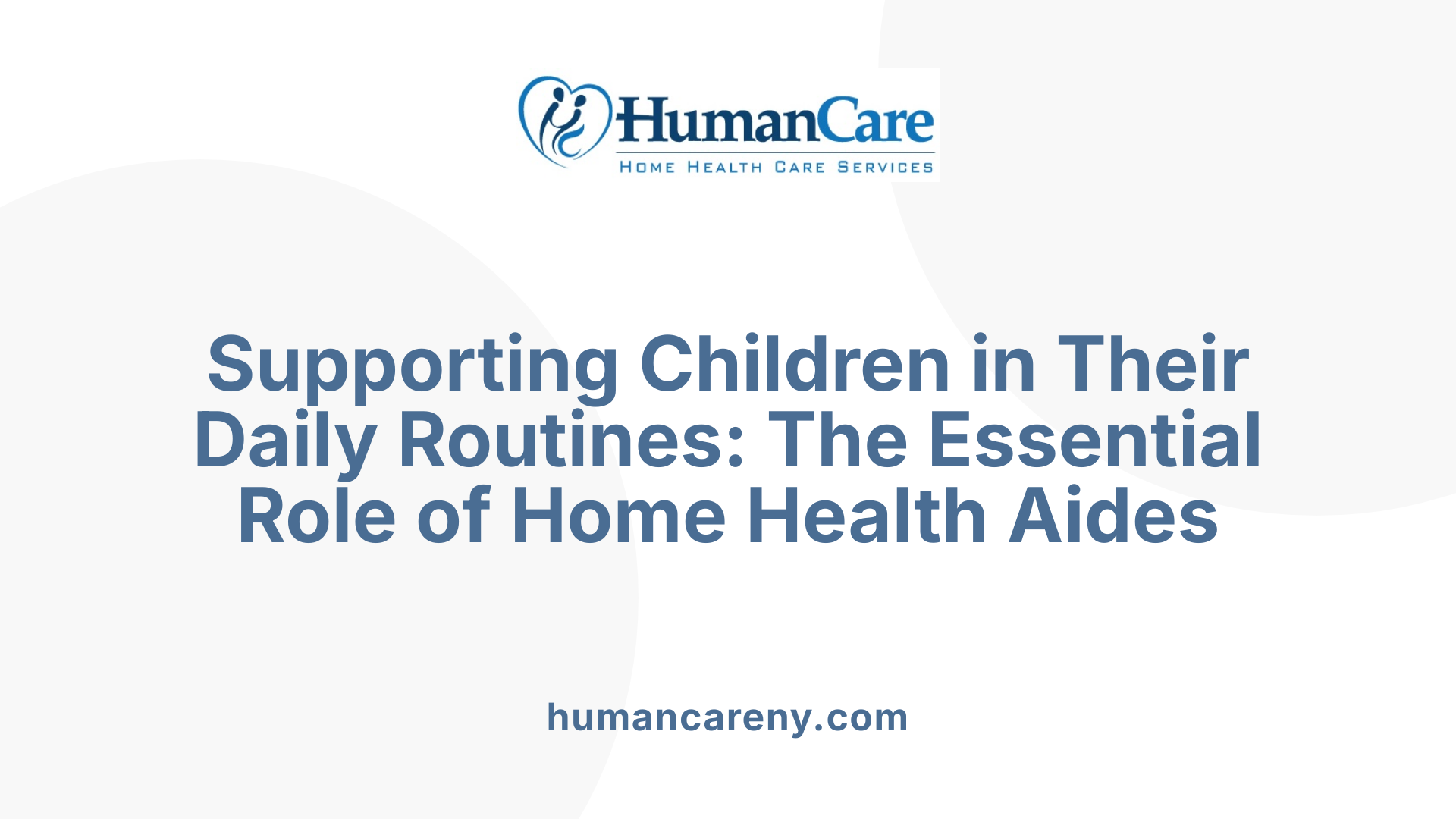
Non-medical and supportive roles of home health aides
Home health aides play a vital role in supporting children with complex medical needs through primarily non-medical assistance. They help with daily living tasks such as grooming, bathing, dressing, mobility, and meal preparation. These activities not only support the child’s physical well-being but also create a stable routine that can positively affect communication development by providing a safe and consistent home environment.
Monitoring vital signs and reporting changes
In addition to personal care, home health aides monitor vital signs using tools like thermometers, stethoscopes, and blood pressure cuffs. They are trained to detect and promptly report any changes in the child’s health to supervising medical personnel. This vigilance ensures timely interventions, which can prevent complications that might disrupt communication progress or daily functioning.
Providing companionship and nurturing environments
Beyond physical care tasks, home health aides foster companionship and nurturing environments. This emotional support is crucial for children working on communication skills, as feeling secure and understood encourages engagement and confidence. Such positive interactions contribute to overall health, recovery, and developmental outcomes.
Home health aides essentially bridge the gap between medical needs and everyday life, offering comfort and stability that help children thrive both emotionally and physically.
Insurance Coverage and Financial Considerations in Pediatric Home Care

How do insurance and financial issues affect access to pediatric home care for communication disorders?
Access to pediatric home care, particularly for children with communication disorders, is significantly influenced by insurance and financial factors. Medicaid and private insurance plans cover pediatric home health services, but there is considerable variability in reimbursement rates and the scope of covered services. This variation can create financial barriers for families needing therapy and specialized equipment essential for communication development.
Limited coverage often restricts access to speech therapy, occupational therapy, and home health aides trained to support communication needs. This can delay critical interventions and negatively impact a child's developmental progress. For families, the burden of out-of-pocket expenses can be substantial, affecting their ability to sustain consistent home care services.
Because of these challenges, it is vital for families to be informed advocates. Understanding the specifics of their insurance benefits helps them navigate the system effectively. Moreover, careful selection of qualified home health providers, including aides and therapists experienced with communication disorders, ensures that children receive appropriate and timely care.
Policies to enhance insurance coverage and reduce financial hurdles can improve equitable access. Meanwhile, collaboration between families, healthcare providers, and insurers remains essential to optimize care quality and availability for children with communication disorders receiving home health care.
Looking Ahead: Research and Innovations to Enhance Pediatric Home Care for Communication Disorders

What Future Directions Will Improve Pediatric Home Care for Communication Disorders?
Advancing pediatric home care, particularly for children with communication disorders, requires a strong research foundation that places families at the center. Rigorous studies are crucial to evaluate not only the effectiveness and safety of home care interventions but also their timeliness, equity, and efficiency. This family-centered research helps identify gaps and tailor services to meet diverse needs.
One promising avenue involves building robust data-sharing systems and patient registries. These platforms facilitate the collection and analysis of real-world data, enabling healthcare providers and policymakers to monitor care quality and outcomes closely. Standardized metrics for access, quality, and equity will further guide improvements, ensuring that pediatric home care services are both measurable and accountable.
Collaboration is the cornerstone of innovation in this field. Partnerships among families, healthcare professionals, researchers, and policymakers foster an environment where sustainable and equitable care models can be designed and implemented. Together, these stakeholders work to reduce disparities in access and outcomes, particularly for children with communication challenges, by integrating clinical expertise with lived experience.
Ultimately, these future directions aim not only to enhance the delivery of pediatric home care but also to improve communication outcomes and overall quality of life for children requiring complex support at home.
Enhancing Communication and Quality of Life Through Pediatric Home Care
Pediatric home care is a cornerstone in supporting children with communication disorders, offering specialized therapies, skilled nursing, and emotional nurturing within the familiar home environment. By empowering families, coordinating comprehensive care, and addressing systemic access challenges, this model fosters improved communication development and health outcomes. Continued research, policy development, and collaboration remain essential to advance and sustain effective pediatric home care, ensuring every child with communication challenges receives the tailored support they need to thrive.

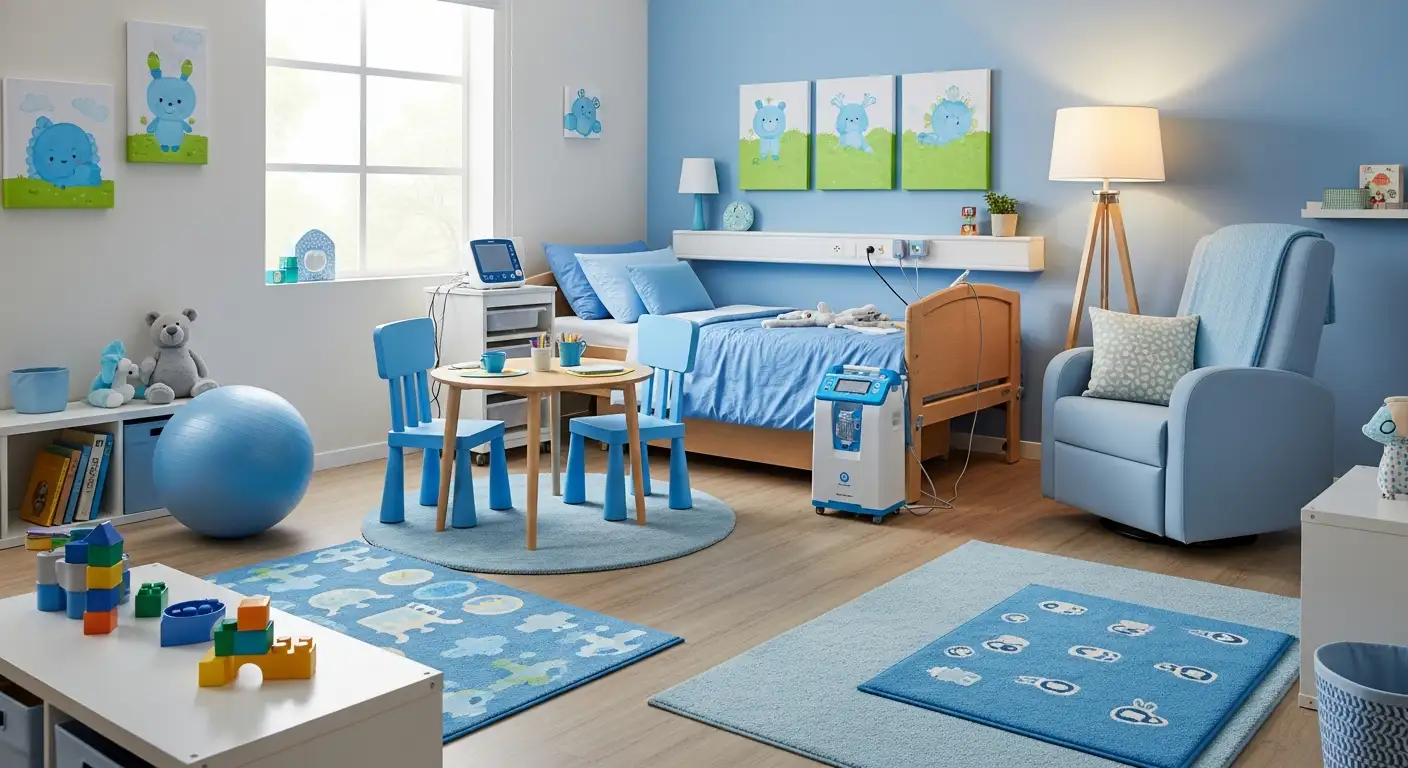
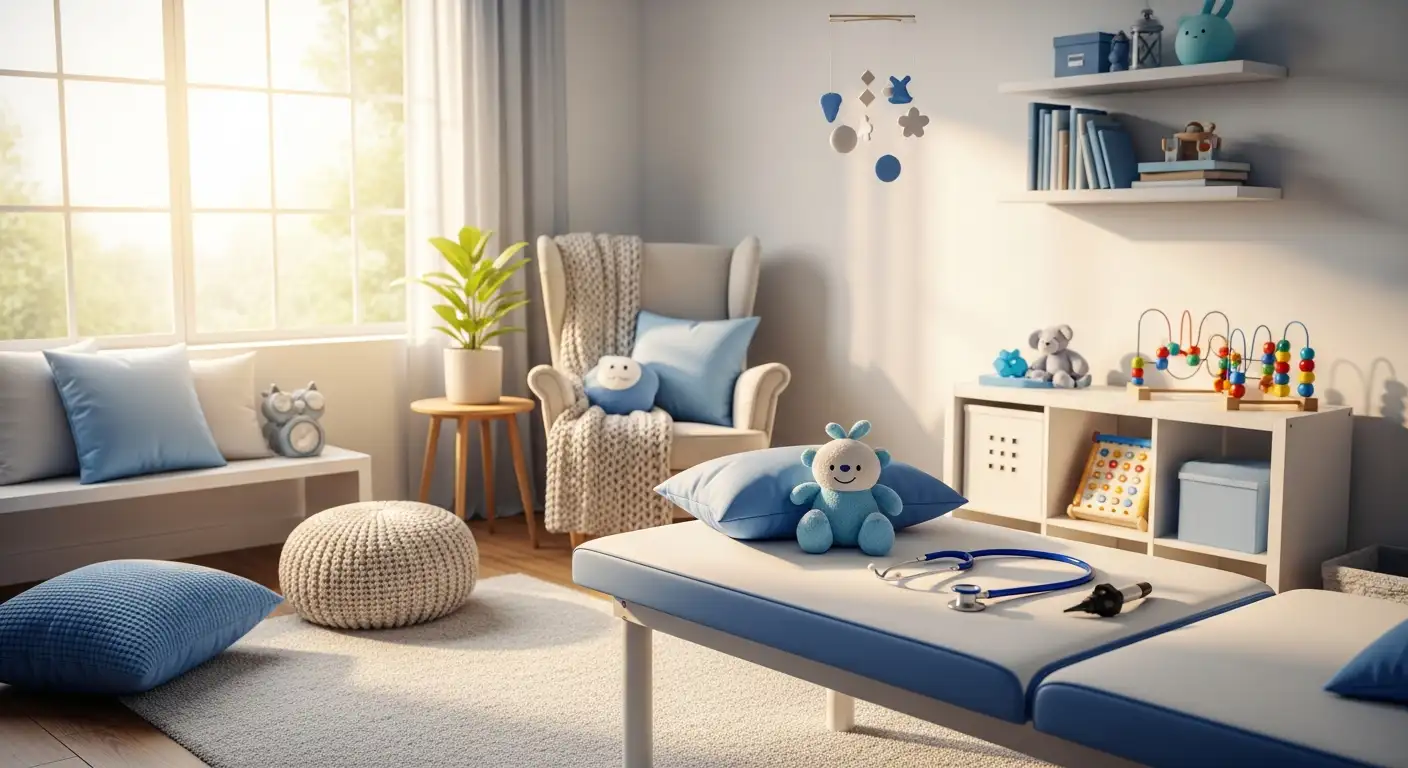
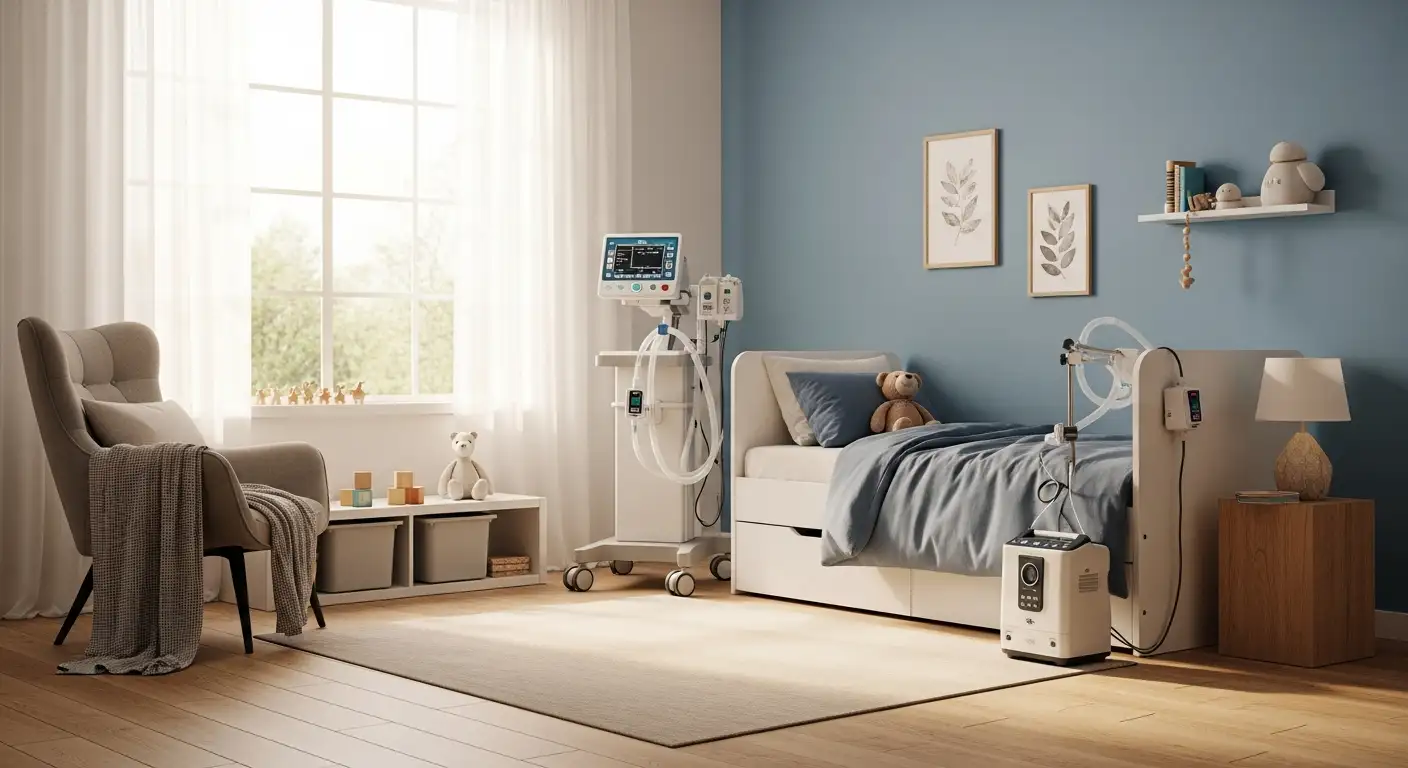
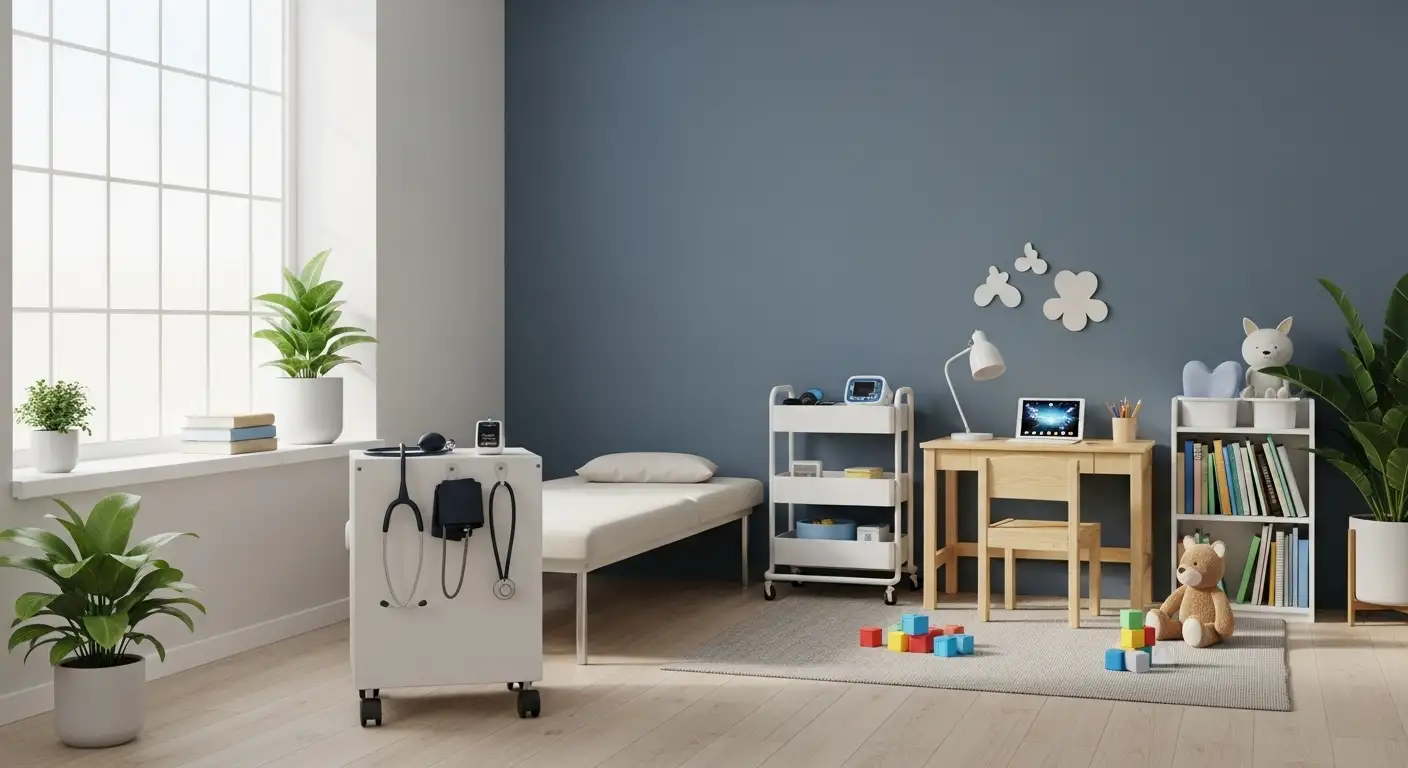























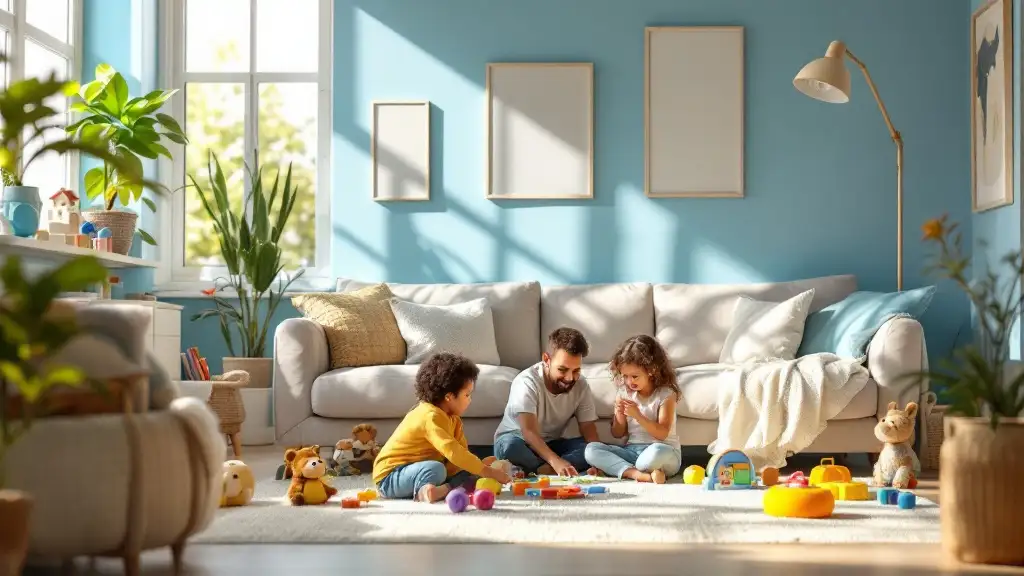












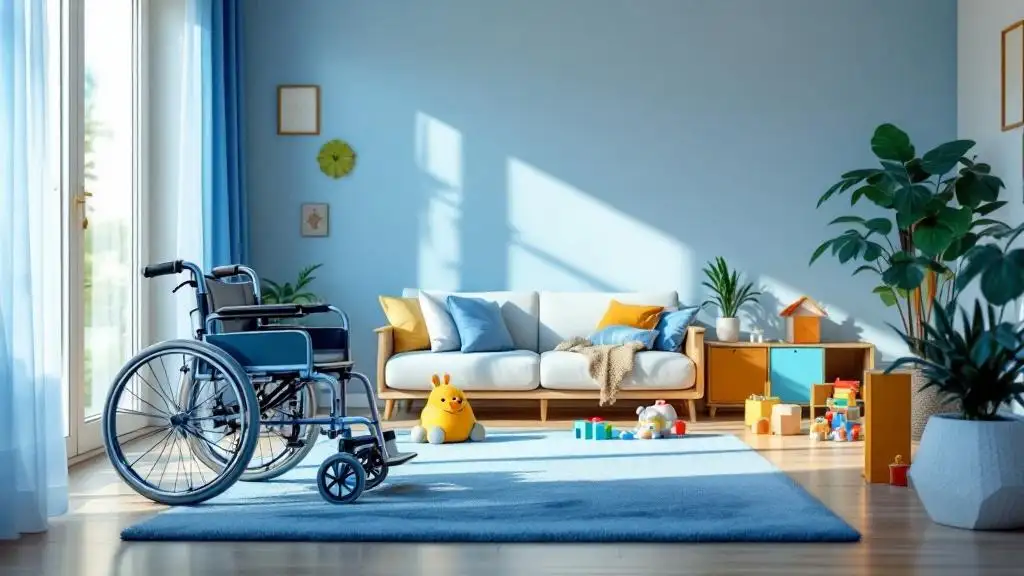















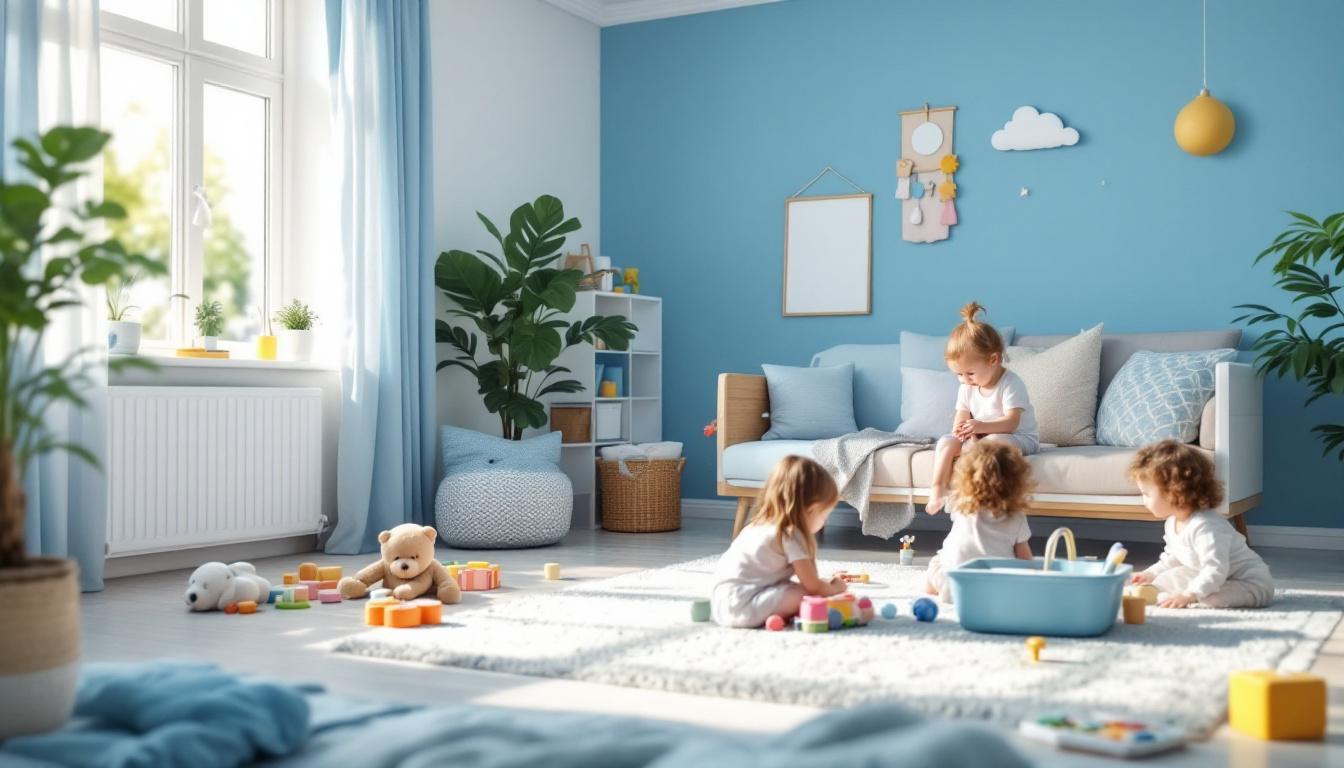
































.avif)



